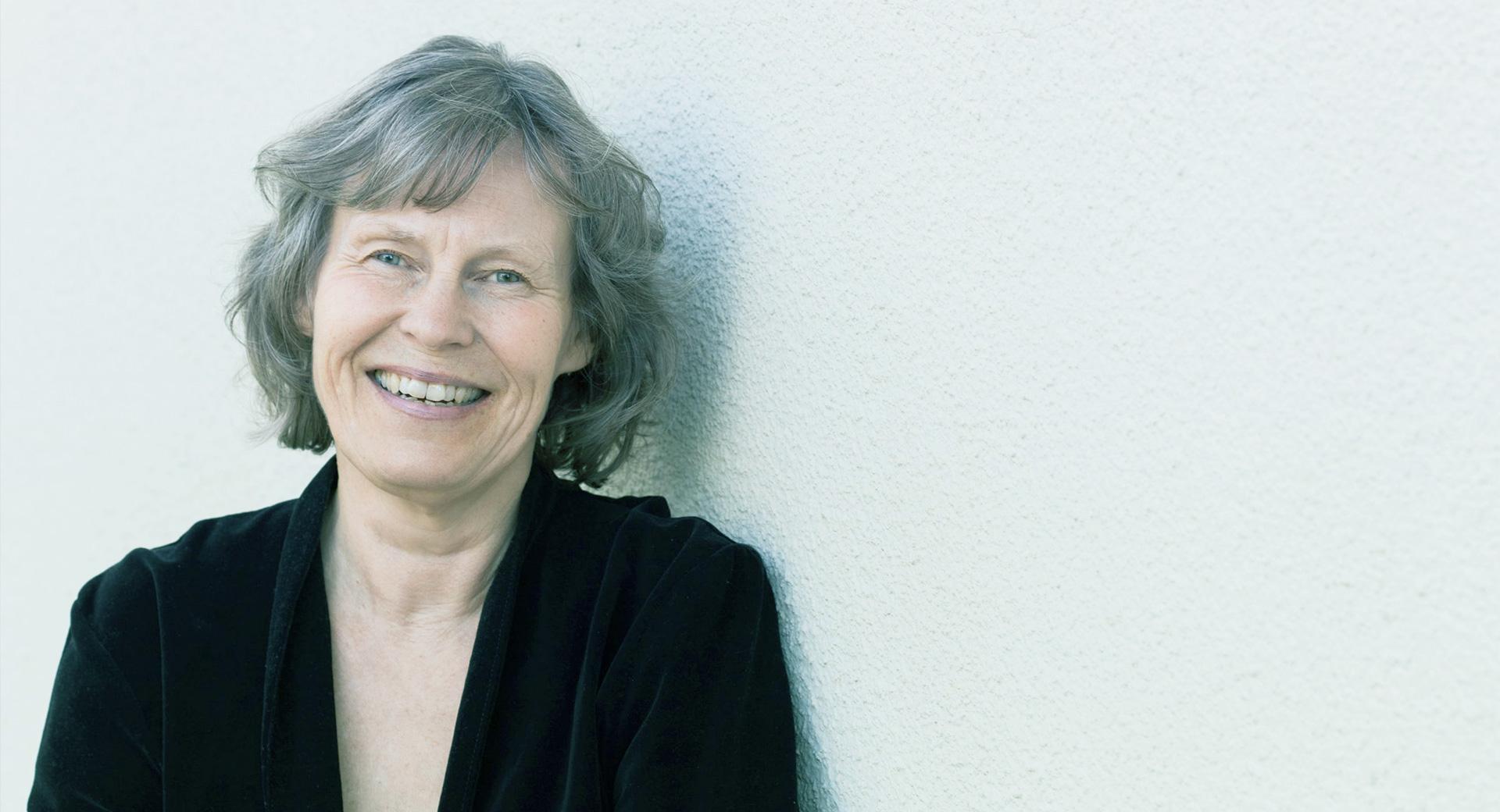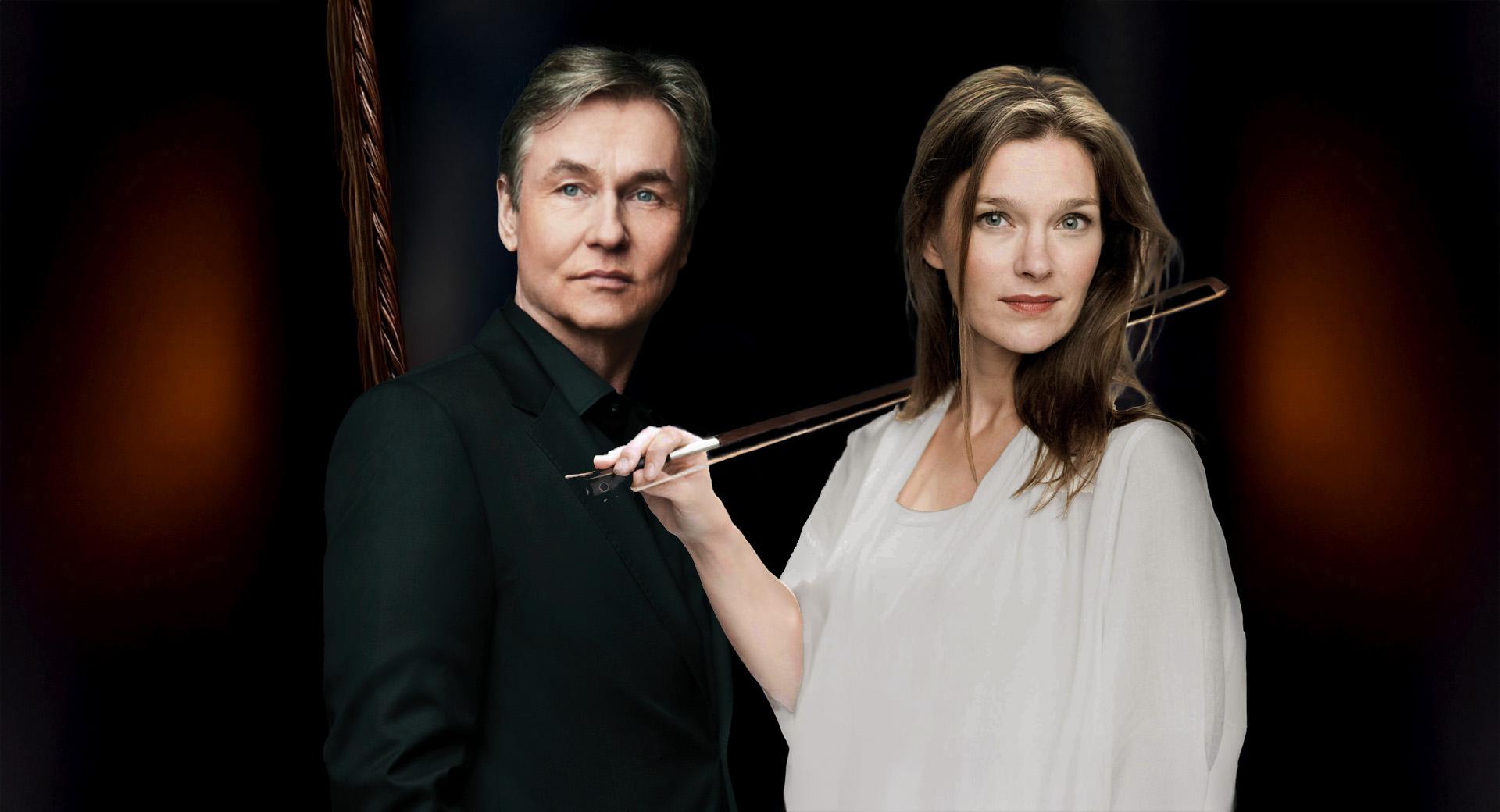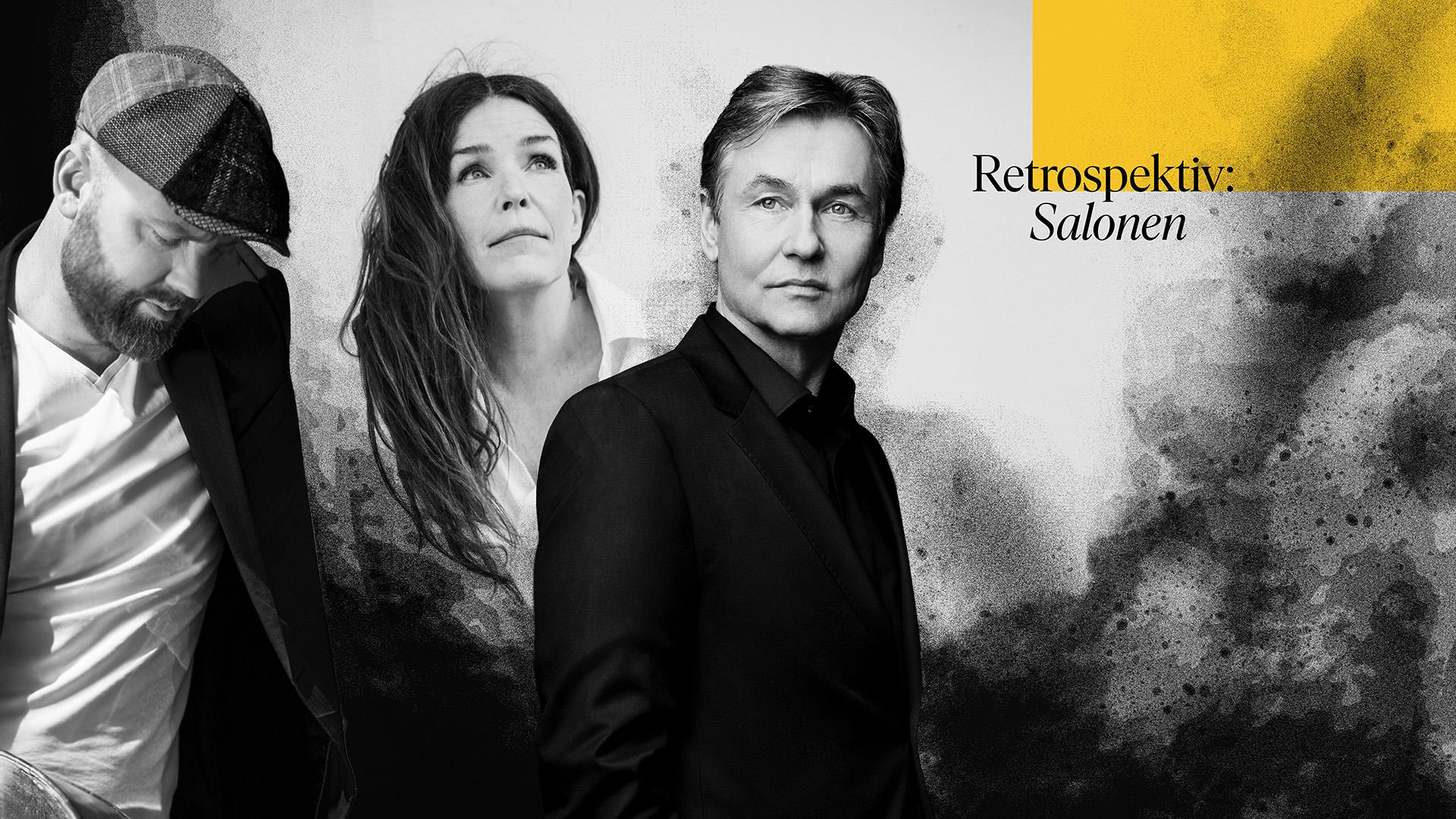This concert has been canceled - Pictures at an Exhibition
This year’s edition of the Baltic Sea Festival has been cancelled. Read more at balticseafestival.com
This production is part of one or more concert series.

Karin Rehnqvist paints an altogether contemporary portrait of our planet and gives a voice – painful and urgent – to our beautiful but tortured world. And then, Mussorgsky’s classic piano suite in Ravel’s equally classic 1922 orchestral arrangement provides an opportunity for self-reflection.
“It is difficult not to touch upon the vulnerable condition of our planet, so this is my commentary, or rather my investigation. Music is my truth-teller to whom I pose my questions. The answers are not always easy to interpret. They may be multifaceted, just like life.” That is how Karin Rehnqvist describes her choral and orchestral work Silent Earth, co-commissioned by the Eduard van Beinum Foundation for Amsterdam’s Concertgebouw and the Swedish Radio Symphony Orchestra, performed here for the first time in Sweden.
Our own twenties have only just begun. How will we look back at them? Will this be the era when we succeed in sharing and spreading our commitment and our empathy? Will this be the time when we unite around solutions to humanity’s shared challenges?
Silent Earth is a collaboration with the librettist, playwright and author Kerstin Perski, a result of improvisations and shared fantasizing. Together, they have already created the children’s opera Beauty School, the orchestral fairy tale When the Earth Sings and the all-evening opera Stranded.
“One night, we imagined ourselves sitting on another planet, from where we could see our own beautiful Earth from a distance. Both of us have serious concerns about the current crisis, regarding both the climate and the politics surrounding the issue. This is a matter of our world’s destiny”, Karin Rehnqvist tells us.
The first movement of Silent Earth is desolate. Towards the end of the second movement, the choir cries out in despair: “Save yourself from us! Save us from ourselves!” Karin Rehnqvist argues that music, by giving us a deeper understanding of life and what it means to be human, can help us to grieve as well as to rejoice.
“There was, strangely enough, something comforting about sitting there, on another planet, even if it was only in our imagination. We are living in grave times, where artists also need to do their part. Even though the theme is terrifying, composing must always be joyous; otherwise, the music will not come alive. It was wonderful to gradually open yourself up to the sounds that emerged, even if, during the process, the force of the expression sometimes frightened me.”
In a different twenties – les années folles, “the crazy years” in Paris, the capital of art – Maurice Ravel took the barely fifty-year-old piano suite Pictures at an Exhibition and made it his own. He created a loving, and very French orchestration of the Russian masterpiece by the tousled and unruly Modest Mussorgsky.
“Art is not an end in itself, but a means of addressing humanity”, Musorgsky said, not unlike Karin Rehnqvist. He leads us through several rooms of paintings belonging to a recently deceased friend, speaking to us through the bickering women at the market in Limoges, the laughter of children in the Tuileries Garden and in the darkness of the crypt.
We look back at 1870s Russia through 1920s Parisian glasses, and regard the 1920s through a 2020s prism. Today, we remember the 1920s as a decade of optimism, glamour and democratization. But what kind of world did Ravel the impressionist see when he so imaginatively added colour to Mussorgsky’s piano music? And what art will accompany us into the 2020s?
Text: Janna Vettergren



